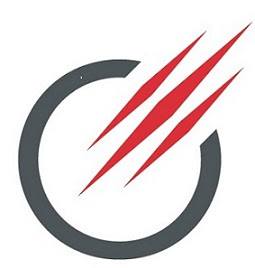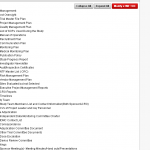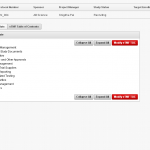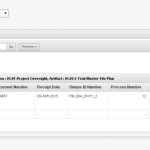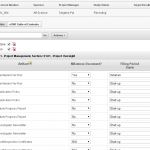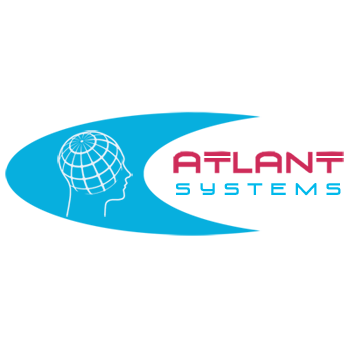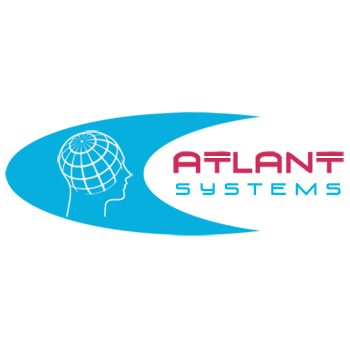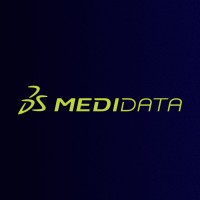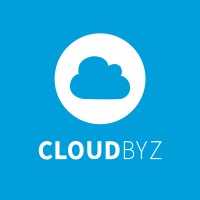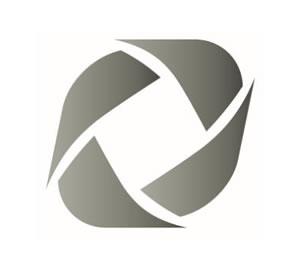Product Overview
Electronic Trial Master File (eTMF)
Since historic times, companies conducting clinical trials have performed the herculean task of managing and compiling paper-based documents, which inherently is error-prone, time and labor exhaustive, and costly. With technology transforming the way we work; organizations are now moving towards managing their TMF electronically to take advantage of the many benefits that follow.
Octalsoft eTMF software solution provides a digital platform and strategy to electronically capture, organize, share and store all those essential documents, images, and artifacts that arise during the lifecycle of a regulated clinical trial. The system comes pre-loaded with DIA TMF Reference Model, which allows users to organize their content in a recognized taxonomy and structure. Built-in checklists and milestone tracking features allow you to actively assess completeness and compliance of every content in real-time.
Salient Features of Octalsoft eTMF Software
Wizard driven process for TMF setup
Layout designed using DIA TMF Reference Model
Customized workflows for quality reviews & document finalizations
Multi-layered security for data & application
Role-based access control
Interactive Reporting
Powerful search engine using metadata
Sort and arrange documents from views, reports and queries
Seamless integration with CTMS application
Specifications
Configurable TMF
Trial master files are not one size fits all, since no two studies are the same and the expected documents differ drastically from one study to another. Flexible wizard-driven process for setting up eTMF – table of contents (TOI), document templates, metadata, and other parameters, allows the user to accurately customize the TMF filing plan with study-specific documents. The plan once configurated can be further saved as a reusable template.
TMF Reference Model
The TMF reference model provides standardized taxonomy and outlines a reference definition of TMF content using industry defined nomenclature. Adherence to the TMF reference model brings order, structure, and lineage to your eTMF – helping you segment and organize any large volume of data in the most efficient way. Applying a standardized reference model makes it easier to collaborate with internal and external stakeholders and transfer eTMF content from one system to another.
Optimized Search and Retrieval
With Octalsoft eTMF solution, it’s very easy to strike a few keywords and find the documents you need. Our system leverages the metadata related to your document to help locate the relevant document in a search, even find the content within the artifact. Metadata is the information attached to an item and captures details like the document author, time of creation, upload time, and so on. Our experienced team helps you to associate custom metadata fields to fit with your process and study parameters; thus, making searching the smoothest experience ever.
Customizable User Roles
Octalsoft eTMF allows you to define user roles and customize them to your specific process. Each user will have just enough access to the data/document that is required by him to perform his delegated function. Setting up a solution with granular permissions will allow you to set access levels for various functions – such as edit, read-only, upload, or electronically sign a document. This is specifically important when you have users accessing the TMF both internally and externally or while handling blinded information.
Highly Secured
We understand the confidential nature of the vast information that is compiled during the trial cycle. Octalsoft eTMF provides multi-layered security across databases and applications to maintain the integrity and confidentiality of the data. It implements data encryption, authorized access controls, usage analysis, log history, and conditional auditing to meet the compliance requirements. The system makes sure that data and documentation are handled with care, and security is maintained.
Automated Notifications
Octalsoft eTMF software provides timely and relevant alerts and notifications to users to action or complete tasks within the system. Having a contextual, rule-based notification system, based on user roles, significantly reduces the time which is otherwise required for cross-functional communication. It also alleviates the occurrence of errors when there are staff attrition and handover.

